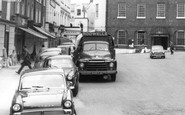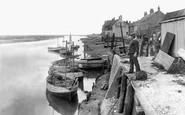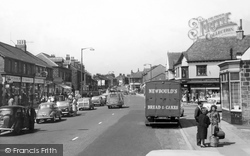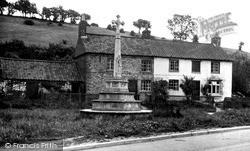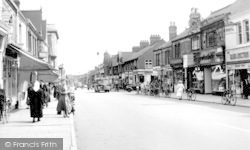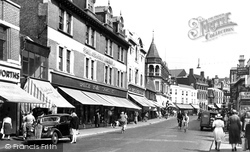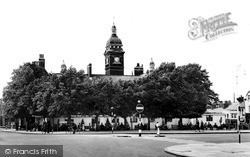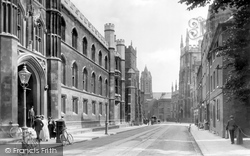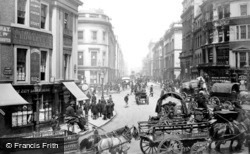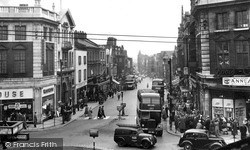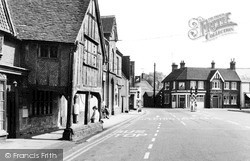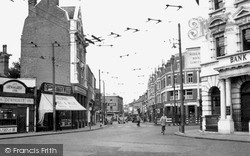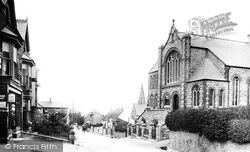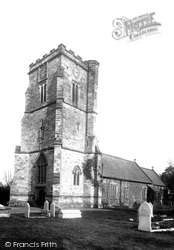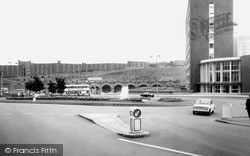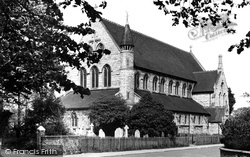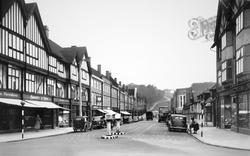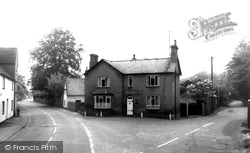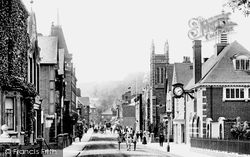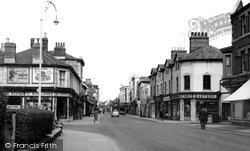Places
4 places found.
Those places high-lighted have photos. All locations may have maps, books and memories.
Photos
115 photos found. Showing results 141 to 115.
Maps
21 maps found.
Books
Sorry, no books were found that related to your search.
Memories
1,091 memories found. Showing results 71 to 80.
Boyhood Memories From 1952
It was around this time that the tram lines were taken up from Sunderland Road in Gateshead. The men stored the old lines in Somerset Street and Devonshire Street. As boys we would dig up the tar from around the ...Read more
A memory of Gateshead in 1952 by
Childhood Memories From 1949
I was born in Hubert Terrace which ran off Bank Street and along to Cuthbert Street. Further down was School Street and Marian Street which ran along to Derwentwater Road, and on Derwentwater Road was Lady Vernon ...Read more
A memory of Gateshead by
Looking Back To The Early Days
I was born in rented 'rooms' at Wordsworth Road in 1936 and came to move with my parents to five different addresses at Easington before I moved away from the area, when I married in 1963. But although my ...Read more
A memory of Easington Colliery in 1900 by
Pinehurst Childrens Home Park Rd Camberley
Memories of Camberley come from my childhood days as an orphan residing at 'Pinehurst', a Surrey County Child Welfare Home 1949-1953. I was put there as a 9-year-old and recall spending a very happy ...Read more
A memory of Pinehurst in 1949 by
Cheadle In The Second World War
I think that we must have moved to Cheadle around 1938, because I was born in Newcastle under Lyme, but my younger sister was born in Cheadle in 1939. At that time we lived on Leek Road. We had various ...Read more
A memory of Cheadle in 1930 by
The Rone Clarke Family Rose Cottage Bristol Road Bournbrook Birmingham
My great-great-grandfather was CHARLES RONE CLARKE born 6 March 1837 at 13 Court, Smallbrook Street, Birmingham. He was a master woodturner and sixth great-grandson of Henry ...Read more
A memory of Bournbrook in 1860 by
Rodwells
I was landlord of The New Inn public house in Bridge Street and dealt wih Rodwells over the years The lorry is delieveing to the A.B.C. Off licence shop. both Rodwells and A.B.C. have ceased to exist. Mike Hall
A memory of Buckingham in 1965 by
Those Were The Days 2
It didn't change until the sixties when the station was rebuilt and opened by Her Majesty Queen Elizabeth 11 in 1961. I watched the whole building project from start to finish from the comfort of my bedroom window. When it ...Read more
A memory of Barking in 1950 by
Growing Up In Greenford 1957 1970s
Wow! Thanks for those memories. A million miles away in rural East Anglia, remembering growing up in Greenford. Stanhope Infants and Juniors, Mr Bishop, Mrs Avery, anybody went there remember them? ...Read more
A memory of Greenford by
A Year To Remember
How well I remember arriving at Wells-next-the-Sea from Leicester as a new bride. My husband was a former high school pen-friend who was now in England serving in the U.S Air Force, having been in the country from his ...Read more
A memory of Wells-Next-The-Sea in 1951 by
Captions
544 captions found. Showing results 169 to 192.
This was the period when few supermarkets existed and those that did were built in town centres, as most people relied on public transport.
New housing has been built in the village, but this part, South End Cottages on Back Street, is just as it was in 1955.
Here High Street meets Orange Street. Hudson's Cycles are on the corner, next door to a butcher's. Opposite is the fine limestone building known as Old Constables.
This is a useful spot in the street: the Post Office is on the left, the Trustee Savings Bank is adjacent to the bus, and the shiny new frontage of the Co-op is second on the right.
New Road is one of the main shopping streets of the town. The roads seem empty by today's standards. In the foreground is British Home Stores, and Hepworths is on the extreme left.
Swindon adopted the Public Libraries Act in 1942, and its first public library opened in McIlroy's departmental store in Regent Street the following year.
This was the period when few supermarkets existed and those that did were built in town centres, as most people relied on public transport.
Here we see Trumpington Street, with Corpus Christi College's entrance to New Court (built in 1825 by William Wilkins) on the left. Just beyond is St Botolph's, one of Cambridge's medieval churches.
The entire heart of the town has been moved over the hill to a new site, so that the little that remains of the old High Street is now totally run down.
Here we are at the junction of Cannon Street and the approach to the new London Bridge; the street was opened by King William IV in 1831, and named after him.
Council, the Commission for New Towns, the Civic Trust and the High Street Association promoted a street improvement scheme, and over the years the High Street has been cleaned and restored
Woodhouse's store has recently opened in what was previously Singleton's; the shop received a new frontage and complete refit.
In 1750 the Trust did build two new bridges over the Rivers Hit and Flit, and North Bridge Street and South Bridge Street to run between them.
The railway station at Twickenham was opened in 1848, and the shopping district quickly developed nearby; it was gradually being improved with new shops in the late Victorian and early Edwardian
Its development from a little village straggling up a single high street began in 1870. However, it has an ancient lineage, and the Romans established a major settlement nearby.
This old coaching town on the London to Brighton road had the misfortune to be designated a New Town in 1947. Now swamped by housing estates, the High Street was mainly pedestrianised.
There could be as many as 5,000 new apartment homes in and around the city centre in the very near future.
This was the period when few supermarkets existed and those that did were built in town centres, as most people relied on public transport.
In December 1868, the Queen in Council created a new ecclesiastical parish of Eastleigh; the name with its new spelling had been suggested by Charlotte Yonge, the authoress who lived in nearby Otterboume
By the 1950s, new buildings have begun to overshadow the road. Barker's timber yard occupies the low range of buildings on the right.
The Apex stands in the fork of the junction between the High Street and Church Street, both of which lead down to old landing stages on the Great Ouse. Today, little has changed.
A bustling view along South Street, which was built in 1850 and originally called New Road. It connects the town centre with the railway, and runs south from the Borough towards the River Wey.
When the second station was constructed, new openings had to be made in the walls to give better access, because it was just outside the city walls. Much of the street plan was changed.
Looking North-East to Fleet Street The junction to East Street is on the left, with Catherine Street on the right.
Places (4)
Photos (115)
Memories (1091)
Books (0)
Maps (21)

